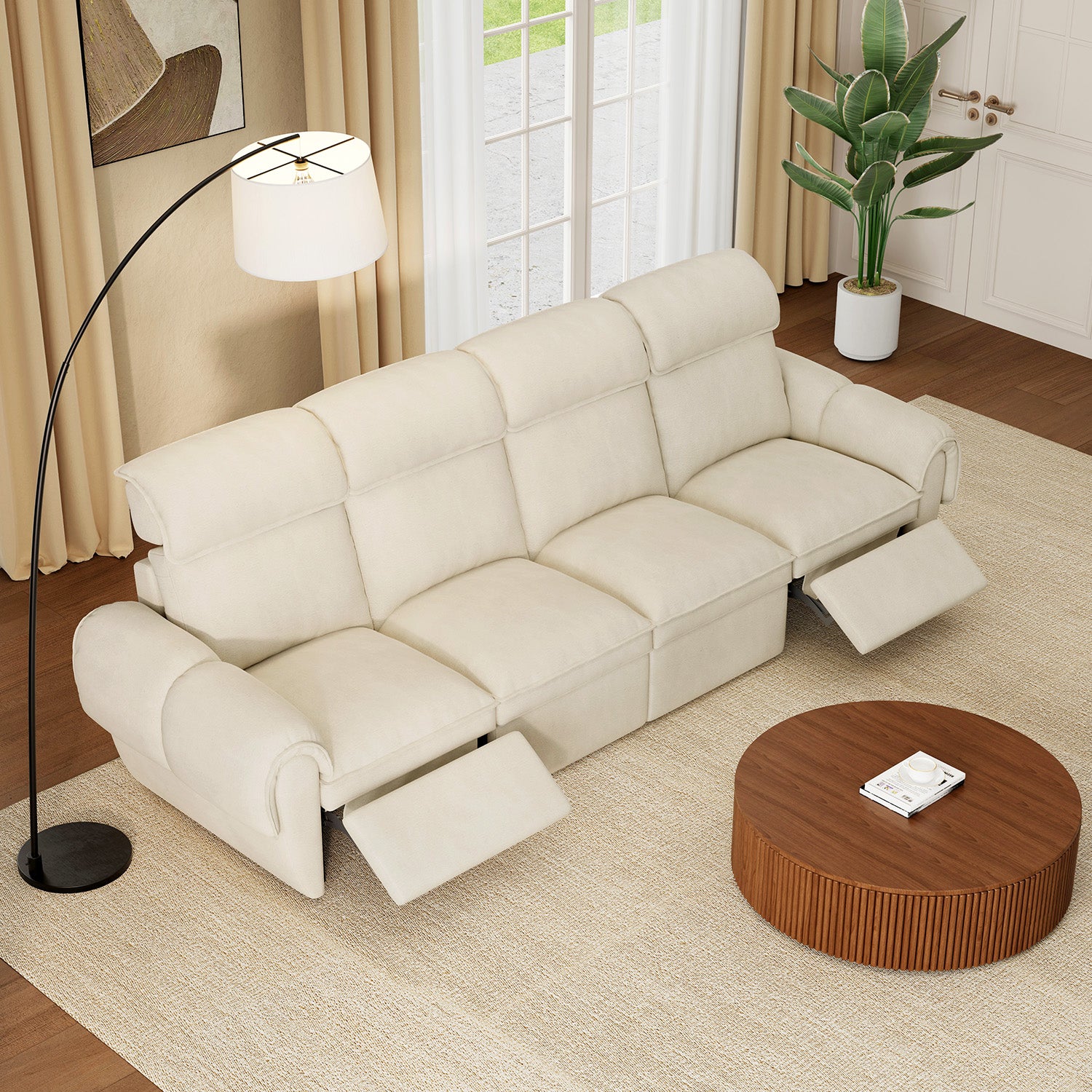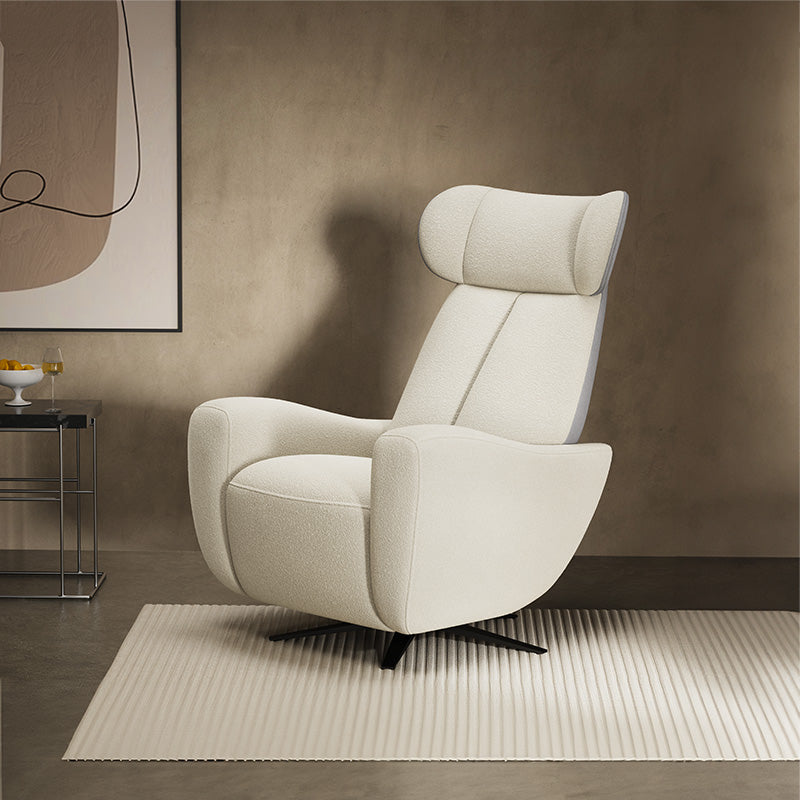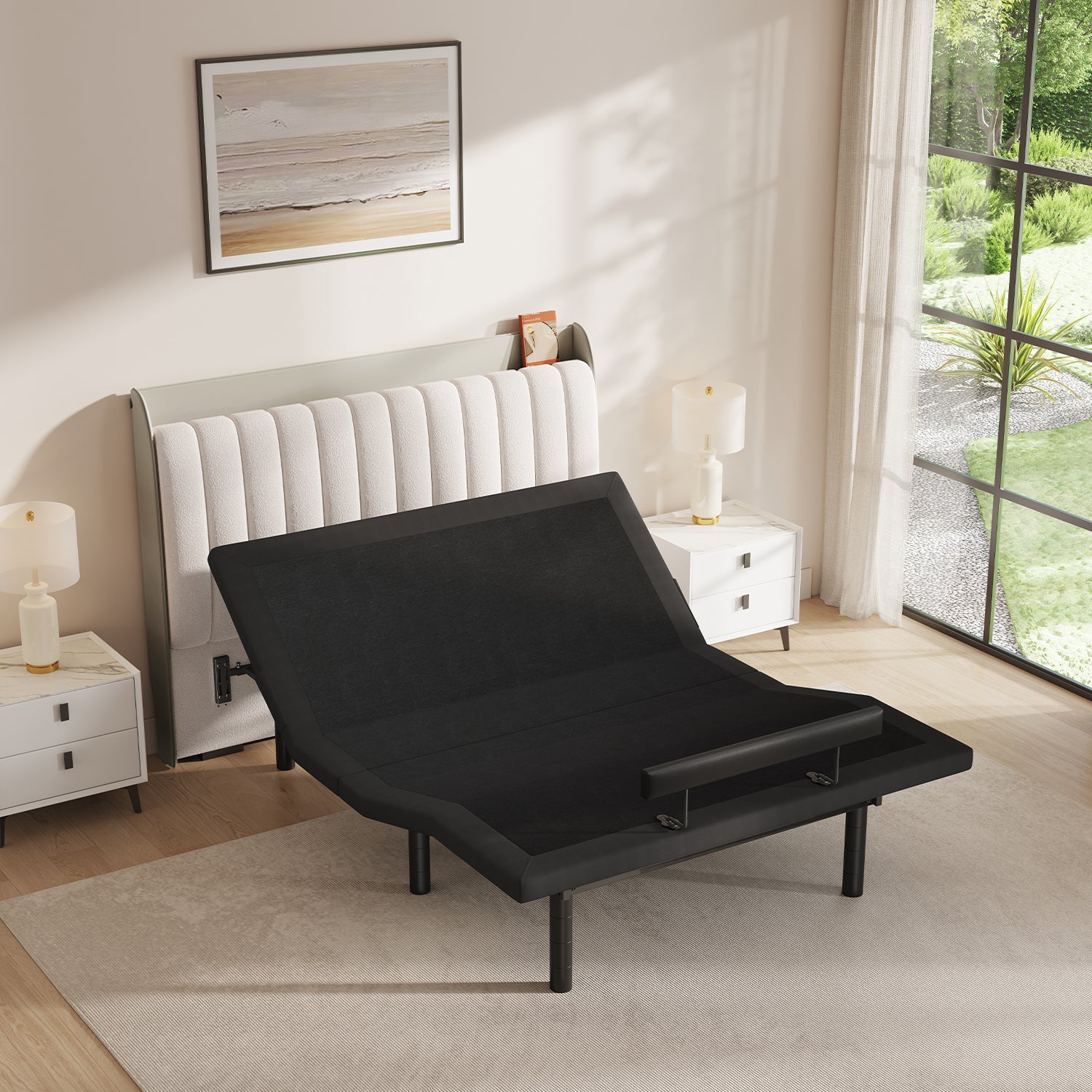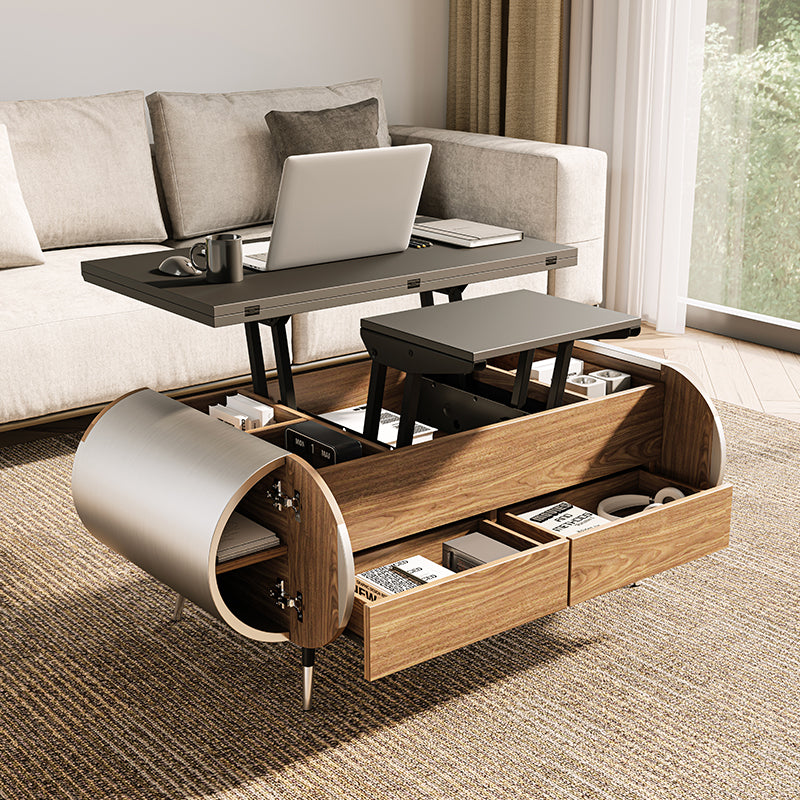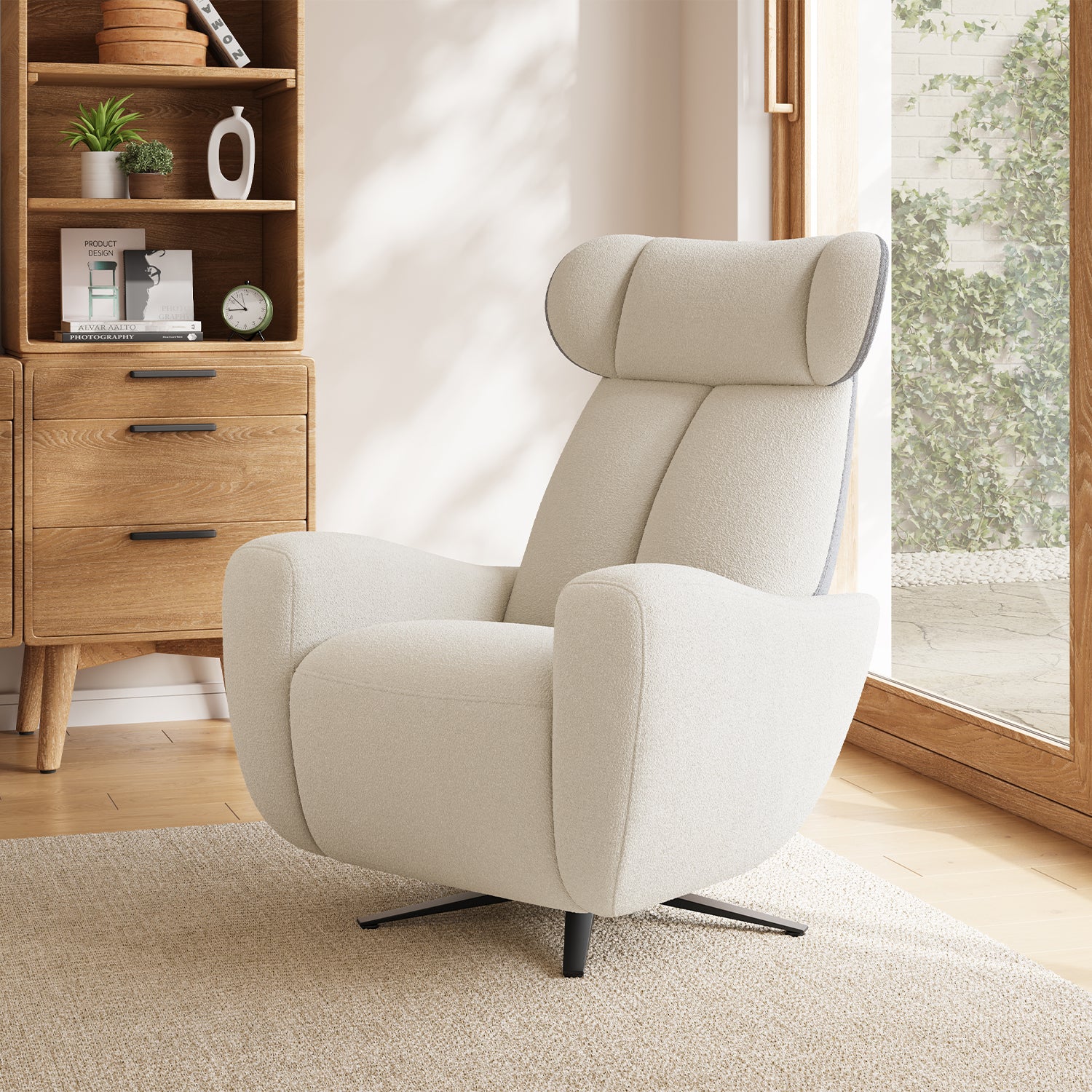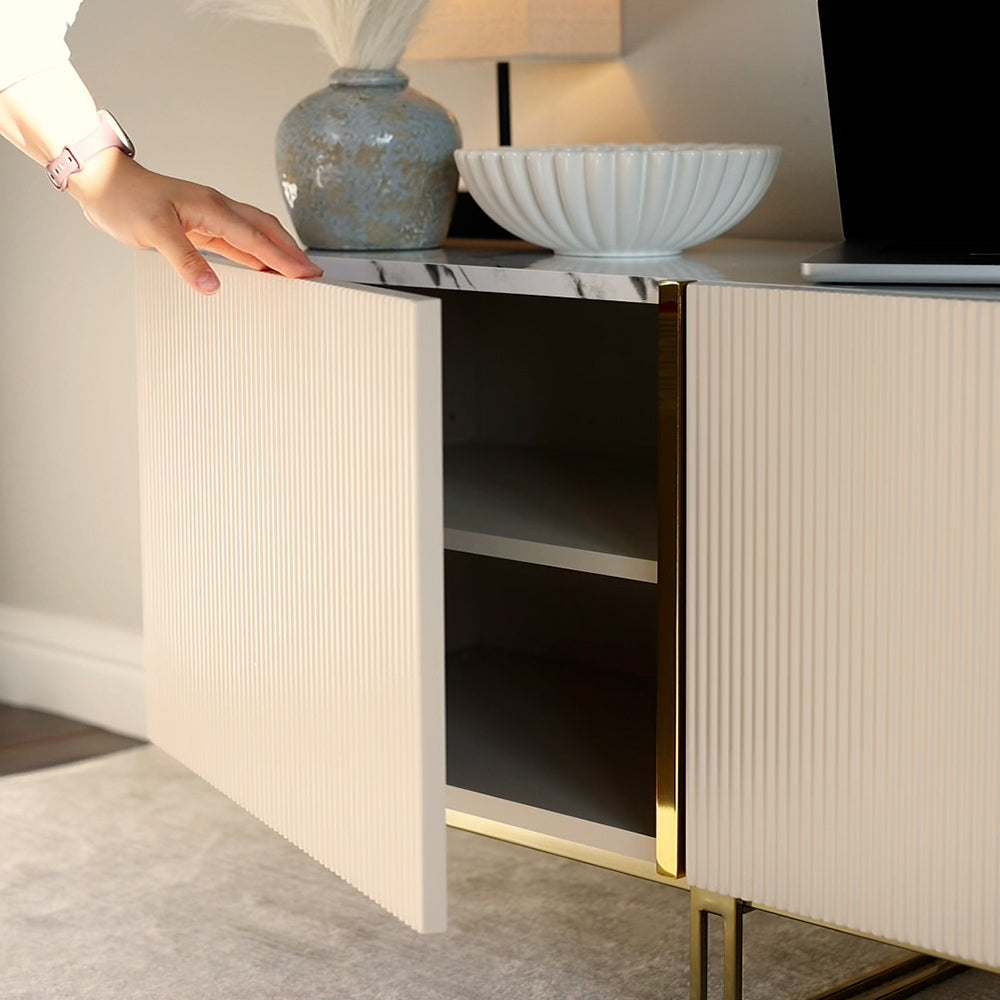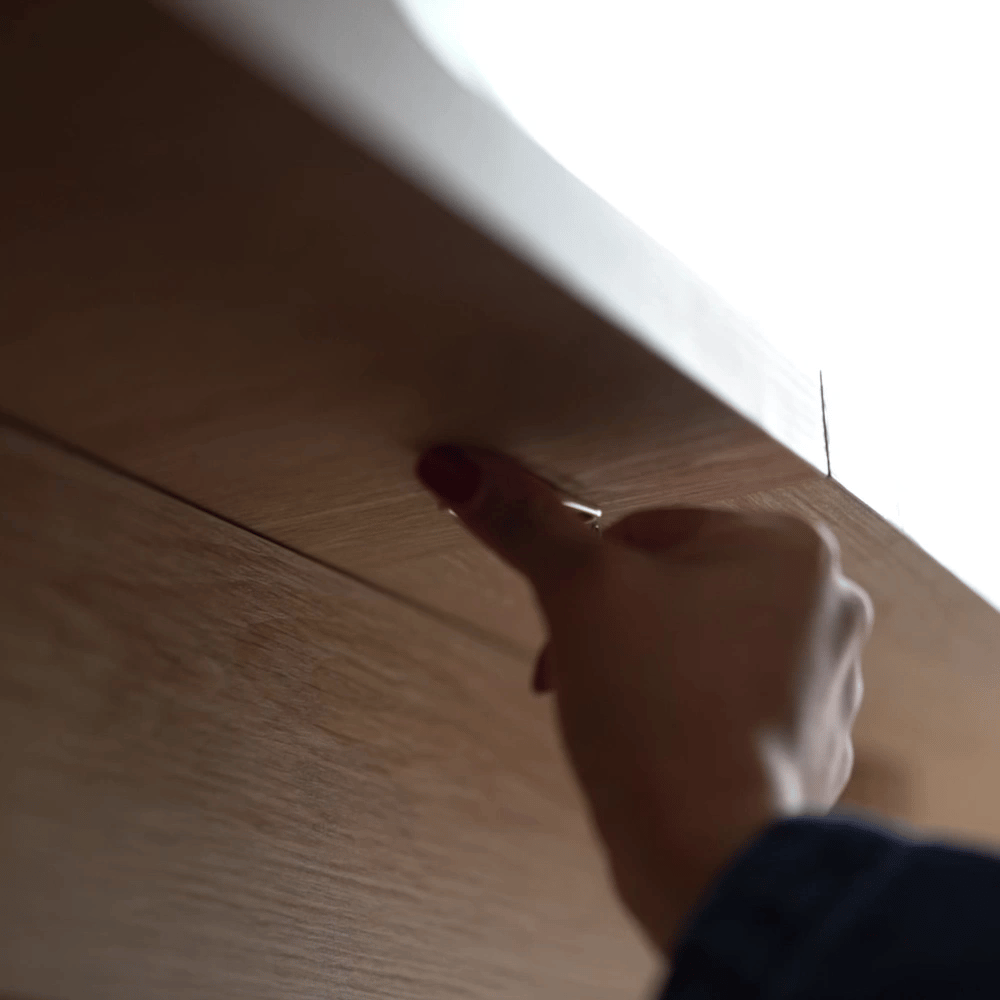Over time, the springs in your couch can lose their tension, break, or come loose, resulting in a saggy, uncomfortable seating experience. Fortunately, repairing couch springs is a manageable DIY project that can save you the cost of buying a new piece of furniture or hiring a professional. This guide will take you through the steps needed to fix couch springs, whether they are loose, stretched, or broken.
Table of Content
Signs of Damaged Couch Springs
Before diving into repairs, it's important to confirm that the springs are the source of the problem. Common signs include:
- A noticeable sag in the couch cushions.
- Squeaking or creaking noises when you sit.
- Uneven or uncomfortable support while seated.
- Visible damage or misalignment of springs when inspecting the couch underside.
{{'___AD_PLACEHOLDER___'}}
Types of Couch Springs

Understanding the type of springs in your couch can help you decide the best repair method:
1. Sinuous Springs:
Also called "zig-zag" springs, these are S-shaped and run horizontally across the frame. They’re common in modern couches.
2. Coil Springs:
Found in older or high-end furniture, these are coiled vertically and provide firm support.
Tools and Materials Needed
To repair your couch springs, gather the following:
- Screwdriver (flathead or Phillips, depending on the screws used)
- Pliers
- Staple remover (optional, if your couch has fabric attached to the frame)
- Spring repair clips or replacement springs
- Upholstery twine or zip ties (for securing springs)
- Heavy-duty staples or upholstery nails
- Staple gun or hammer
- Protective gloves
Step-by-Step Guide to Repairing Couch Springs
1. Inspect the Couch
- Turn the Couch Over: Place your couch upside-down or on its back to access the underside. Use a blanket or towels to protect the fabric.
- Remove the Dust Cover: If your couch has a fabric cover on the underside, remove it carefully using a staple remover or screwdriver. Save the cover for reattachment later.
- Examine the Springs: Look for broken, loose, or stretched springs. Check the clips or screws that attach the springs to the frame, as these can loosen over time.
---
2. Tighten or Reattach Loose Springs
- If the springs have become loose but are not broken, reattach them to their anchor points.
- Use a Screwdriver or Pliers: Tighten any loose screws or clips holding the springs in place.
- For sinuous springs, ensure they are securely hooked into the frame or onto the spring clips.
---
3. Replace Broken Springs
If a spring is damaged beyond repair, you’ll need a replacement:
1. Remove the Broken Spring: Use pliers to detach it from the clips or frame.
2. Install the New Spring: Purchase a replacement spring that matches the size and type of the damaged one. Hook it securely into the frame or use spring repair clips to hold it in place.
3. Secure the Spring: Use screws, clips, or upholstery twine to ensure the new spring stays taut and aligned.
---
4. Reinforce Stretched Springs
If the springs are stretched but not broken:
- Use Upholstery Twine: Weave twine or zip ties around the spring to pull it tighter and secure it to the frame. This helps restore tension and support.
- Add Spring Clips: Additional clips can provide extra stability to stretched springs.
---
5. Test the Springs
Before reattaching the dust cover, test the repaired springs:
- Turn the couch upright and press on the seat to ensure the springs provide even support.
- Check for any creaking or sagging. If necessary, adjust the springs or tighten the fastenings further.
---
6. Reattach the Dust Cover
Once the springs are repaired and working properly:
- Reattach the fabric dust cover to the bottom of the couch using a staple gun or upholstery nails.
- Ensure the cover is smooth and securely fastened.

Preventing Future Spring Damage
To extend the life of your couch springs, follow these tips:
1. Distribute Weight Evenly:
Avoid placing heavy objects on the couch, especially in a single spot.
2. Rotate Cushions:
Regularly rotate and flip the cushions to distribute wear evenly across the springs.
3. Avoid Jumping:
Keep children and pets from jumping on the couch, which can strain the springs.
4. Perform Routine Inspections:
Check the couch underside every six months for signs of loose or stretched springs.
When to Call a Professional
While many spring repairs can be done at home, some situations require professional help:
- The frame is damaged or warped.
- Multiple springs are broken or detached.
- The couch is antique or high-value, requiring specialized restoration techniques.
In such cases, a professional upholsterer can ensure a thorough and safe repair.
Conclusion
Repairing couch springs is a cost-effective and rewarding DIY project that can restore your couch’s comfort and appearance. Whether you’re reattaching loose springs, replacing broken ones, or reinforcing stretched coils, the process is straightforward with the right tools and patience. Regular maintenance and mindful use will ensure your couch remains supportive and enjoyable for years to come.
If you want to buy our home furniture or couch for living room, you can check out more on our store



